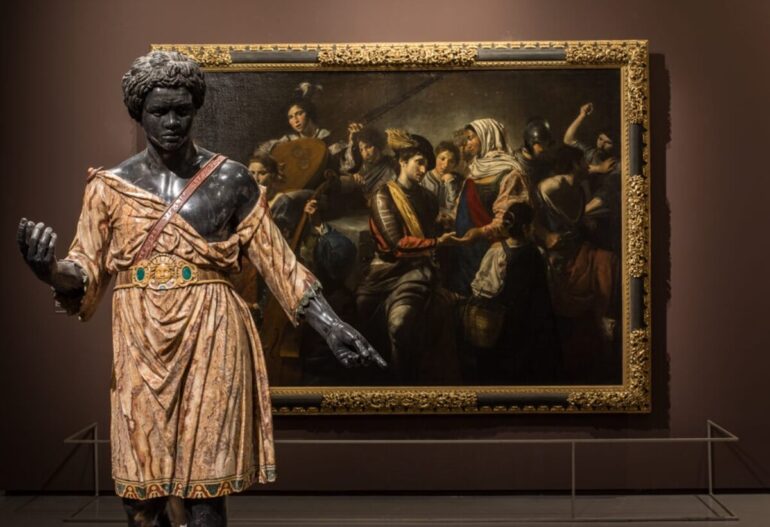An exhibition that shines a light on Rome beyond its borders
Polychrome marble busts, monumental tapestries, portraits of diplomats on missions to the East, exotic animals, and liturgical garments entirely decorated with feathers—just by visiting this exhibition, one might feel transported to a place suspended between myth, religious history, and global diplomacy.
“Global Baroque: The World in Rome in the Age of Bernini,” on view at the Scuderie del Quirinale until July 13, is a manifesto of Rome’s artistic, political, and diplomatic grandeur in the 17th century. While the greatness of Baroque architecture and painting is an integral part of Rome’s cultural identity, this exhibition unveils the city’s international reach—shedding light on the papacy and the political landscape of Bernini’s era.
Featuring 100 masterpieces from the world’s most prestigious museums, Global Baroque showcases a city deeply connected to the wider world—through religious institutions, diplomatic missions, and artistic exchanges stretching from Africa to East Asia and Latin America. Curated by Francesca Cappelletti (Director of the Galleria Borghese and Professor of Art History at the University of Ferrara) and Francesco Freddolini (Associate Professor of Art History at Sapienza University of Rome), the exhibition brings together paintings, sculptures, drawings, engravings, tapestries, and rare artifacts by some of the greatest artists of the time, including Bernini, Van Dyck, Poussin, Pietro da Cortona, Lavinia Fontana, Nicolas Cordier, and Pier Francesco Mola.

Rome: a crossroads of cultural and political influence
“Rome is the only place where every foreigner feels at home,” wrote Michel de Montaigne in Journey to Italy (1581). His words resonate powerfully within this exhibition, which highlights Rome’s history as an inclusive and multicultural hub.
The show opens with an outstanding display: the polychrome marble bust of Antonio Manuel Ne Vunda, Ambassador of the Kingdom of Kongo, sculpted in 1608 by Antonio Caporale for his funerary monument in Santa Maria Maggiore. This is a historically significant piece—being the only funerary monument dedicated to an African man in early modern Europe. Thanks to a restoration project promoted by the Scuderie del Quirinale, visitors can now admire this masterpiece in optimal conditions, alongside works that restore its aesthetic and historical significance.
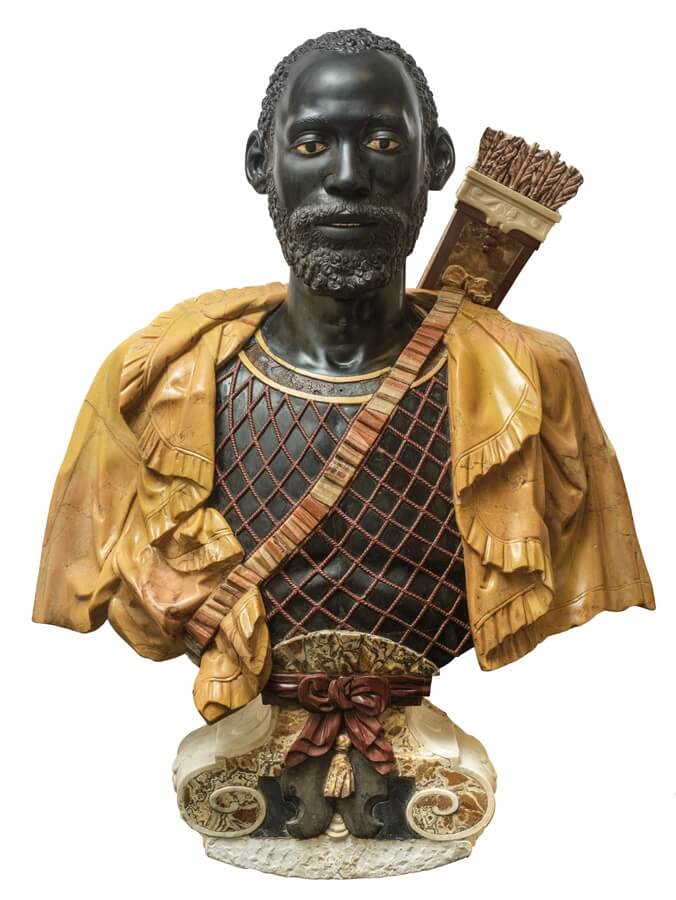
The first section of the exhibition highlights Rome’s global connections with Egypt, Africa, and the Americas. Here, visitors will find early models for Bernini’s Fountain of the Four Rivers (designed for Piazza Navona), alongside oil paintings like The Fortune Teller by Bartolomeo Manfredi and Portrait of an African Man by Albert Eckhout.
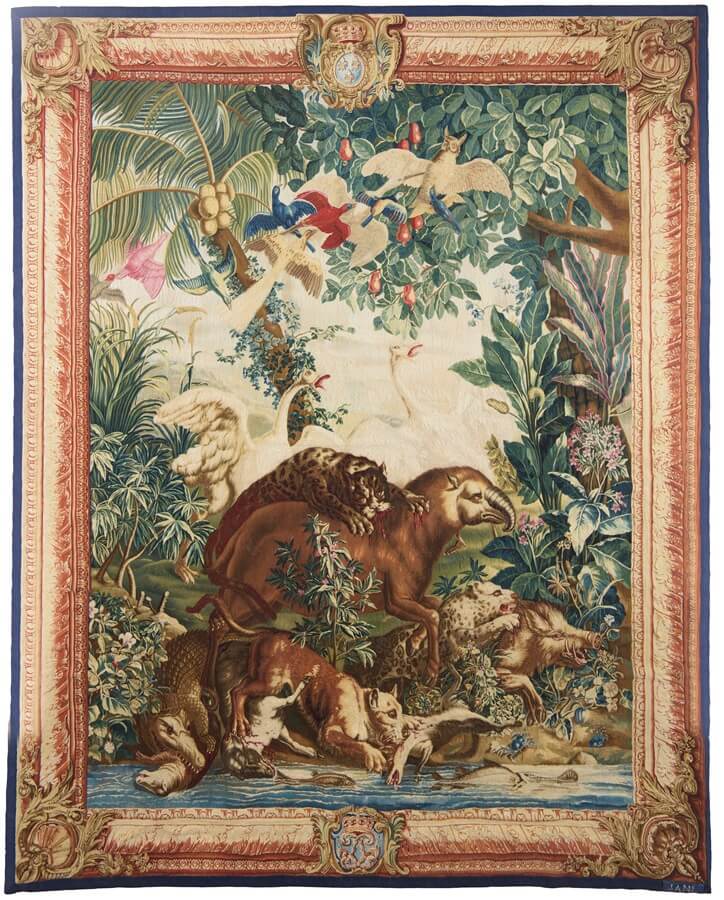
Other sections focus on the Catholic Church’s global reach—featuring Rubens’ portrait of Nicolas Trigault in Chinese attire—along with Rome’s passion for collecting rare plants and animals, and the world of international diplomacy. One of the most remarkable pieces is Lavinia Fontana’s rediscovered Portrait of Ali-Qoli Beg, the Persian ambassador to Rome in 1609. This recently unveiled masterpiece sheds light on the fascinating and relationships between the Roman Church, Persia, and female painters in the early 17th century. Among the exhibition’s treasures, visitors will find a Mexican-made papal vestment crafted from silk, linen, and colourful feathers, a mask representing the Aztec deity Yacatecuhtli, and the superb portraits of Sir Anthony van Dyck’s Shirley couple.
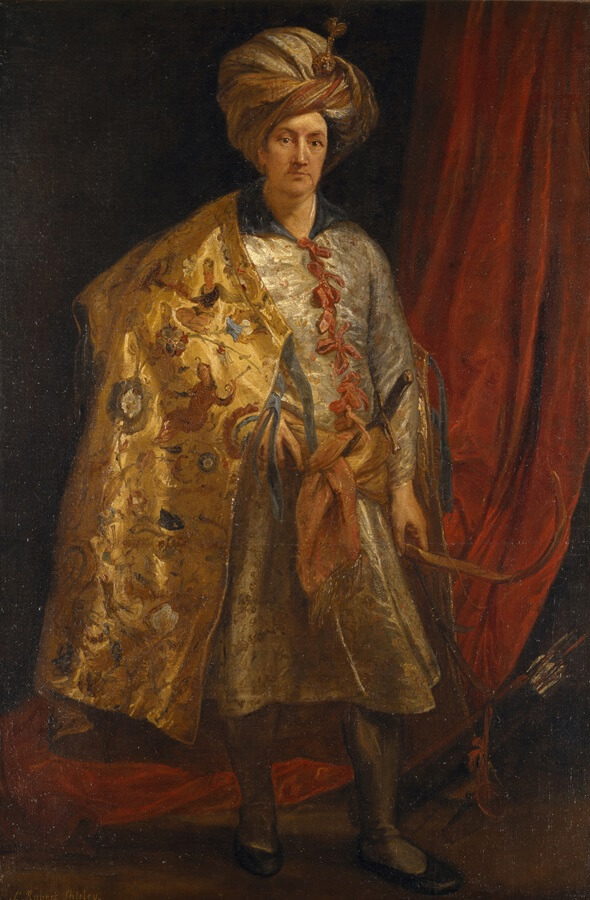
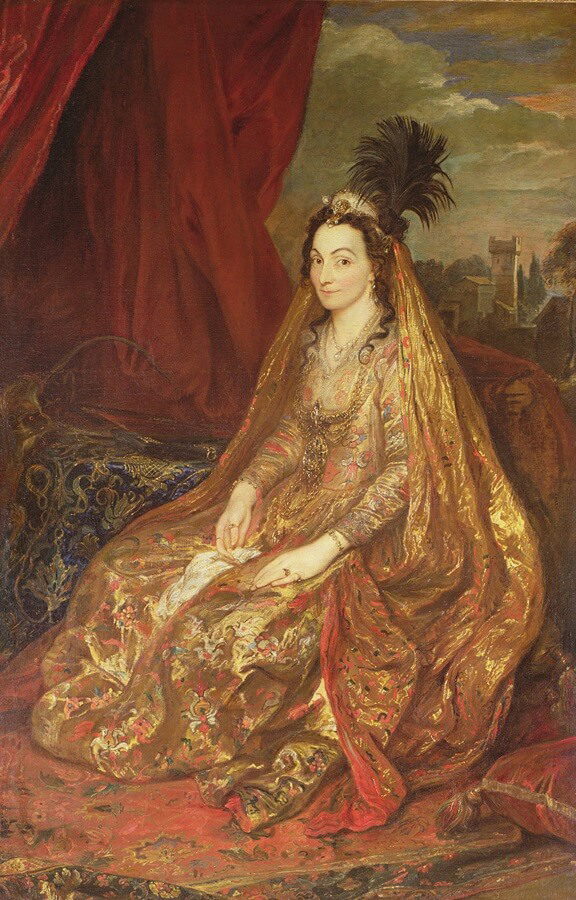
With a stunning visual narrative, Global Baroque reveals a 17th-century Rome that was not only the artistic heart of Europe but also one of the world’s most dynamic cultural and diplomatic centers—where art, politics, and spirituality converged in an ongoing dialogue across continents.
Until July 13, 2025
SCUDERIE DEL QUIRINALE
Via Ventiquattro Maggio, 16
Opening Hours: Monday to Sunday: 10AM – 8PM (last admission at 7PM)
Tickets: General admission: €15; Discounts available


